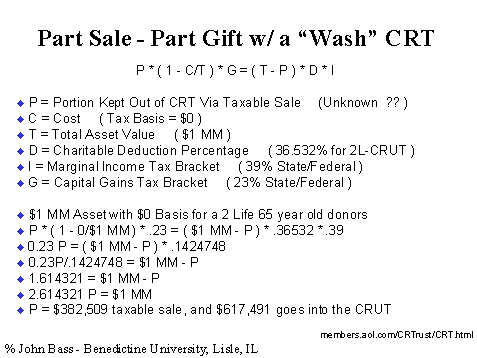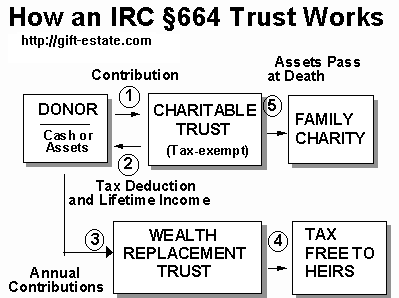Take Charge – Avoid Planning Pitfalls – Vaughn Henry & Associates
Take Charge – Avoid Planning Pitfalls
Vaughn W. Henry © 1999
“Over and over again, the courts have said there is nothing sinister in so arranging one’s affairs as to keep taxes as low as possible. Everybody does so, rich and poor, and all do right for nobody owes any duty to pay more tax than the law demands. Taxes are enforced exactions, not voluntary contributions.” — Judge Learned Hand, 1934
f you adopt this philosophy-and most reasonable people do, consider this. With income tax, you get a chance every year to make sure you’re arranging your affairs the way you want them. But you only get one chance with estate taxes-and that chance is your estate plan.
veryone should have a plan that conserves and distributes assets, provides income for survivors, and prevents unnecessary payment of excessive tax or transfer costs. A carefully crafted estate plan even offers you an opportunity to pass down something along with your property; that is, your system of values.
ot only should you have this kind of plan-you can. This isn’t just an abstract, unachievable goal; it’s a real possibility. But it doesn’t always happen that way. When we examine why, we find the reasons fall into two general categories. Both professional advisors and their clients bear some of the responsibility when estate plans fail to achieve their ideal objectives.
What? Me? A Client?
he alarming fact is many clients don’t even realize they need estate-planning help. They fail to recognize that their assets have appreciated to the point where estate taxes are a concern. They don’t realize that the combined value of appreciated real estate, a retirement plan, insurance proceeds, ownership interest in a family business, and other assets pushes their net worth beyond the limits of the current $650,000 estate tax exemption-if they even realize such an exemption exists. So they never become clients-or become clients too late in the game to take advantage of all available options.
“Estate taxes are the government’s way of making up for all the cheating you did on income taxes.”— Will Rogers
onsider the classic example of the midwestern farmer. Over the years he has heeded his advisors’ advice. He has deferred income-and consequently, income tax–by not selling product, prepaying for supplies, trading in equipment and upgrading without selling. He has lived poor-but he’s going to die rich. And as his assets balloon in value, so does the potential for estate tax liabilities. Still other clients recognize they have estate tax liabilities-but allow a “paralysis by analysis” mentality to set in, which prevents them from making the decisions they need to make to set a plan in motion. Even the best plan is bound to fail without if no one follows it through.
Advice for Advisors
rofessional advisors have an obligation to educate clients-to offer them estate-planning options they may not know are available to them. But too often, these advisors make invalid assumptions. Some-like an attorney I met recently who advises farmers in an area where farm land routinely sells for $3,000 to $4,000 an acre–assume their clients aren’t wealthy enough to have estate tax liabilities. Guess again.
ome advisors even assume their clients don’t mind paying estate taxes so long as heirs receive significant assets and all taxes and fees are paid.
ome take a reactive rather than a proactive position with their clients. Adopting the attitude that “the customer is always right,” they give their clients precisely what they ask for. The result is that clients are limited in their options by their own knowledge.
nd some are simply ill equipped to advise their clients effectively. As general practitioners, they haven’t the time or inclination to keep up with subtle changes in estate tax law. They lack the technical expertise to craft anything but a “cookie cutter” plan.
Now for the good news.
here are several tools available to minimize or even eliminate estate and gift taxes entirely. You won’t learn about them in any government pamphlet. But qualified advisors can show you how to legally and ethically disinherit the IRS, while addressing common concerns like providing for disabled dependents, managing assets for minor children, and charitable giving.
ncreasingly popular are plans that decide in advance, what percentage of the estate will pass to children, charity, and the government. Anyone with appreciated assets might be well advised to look into a §664 Charitable Remainder Trust (CRT) plan. The Charitable Remainder Trust offers many advantages, including life-time income security, reduced income and estate taxes, plus the opportunity to direct family wealth according to their own values.
haritable Remainder Trust planning is a highly specialized field that encompasses both estate and wealth preservation planning. These trusts are complex in design-certainly not a do-it-yourself project. And they’re not the best strategy for everyone.
n fact, there’s no such thing as a one-size-fits-all estate plan. The most successful plans are drafted by a team of qualified advisors-a team that takes the “big picture” into consideration and offers you a range of flexible strategies. With forethought and early planning, your estate plan can help you achieve your financial, familial and philanthropic objectives.
For more articles and case studies, go to http://gift-estate.com


 The advantages of using this technique were:
The advantages of using this technique were:

